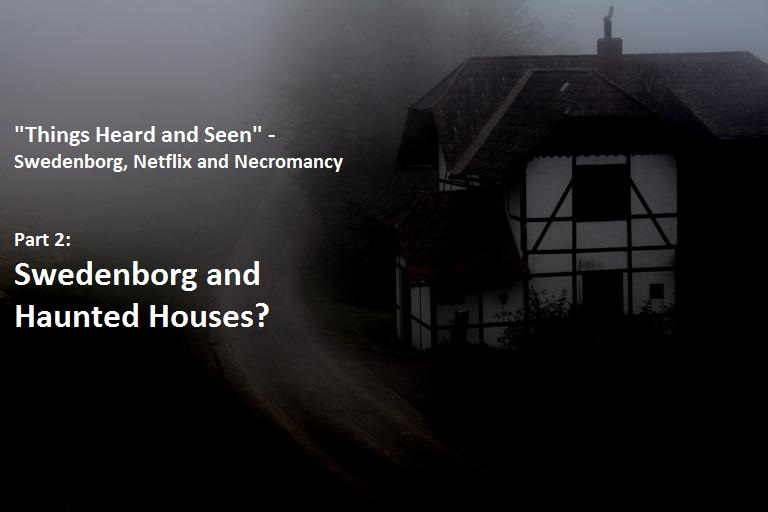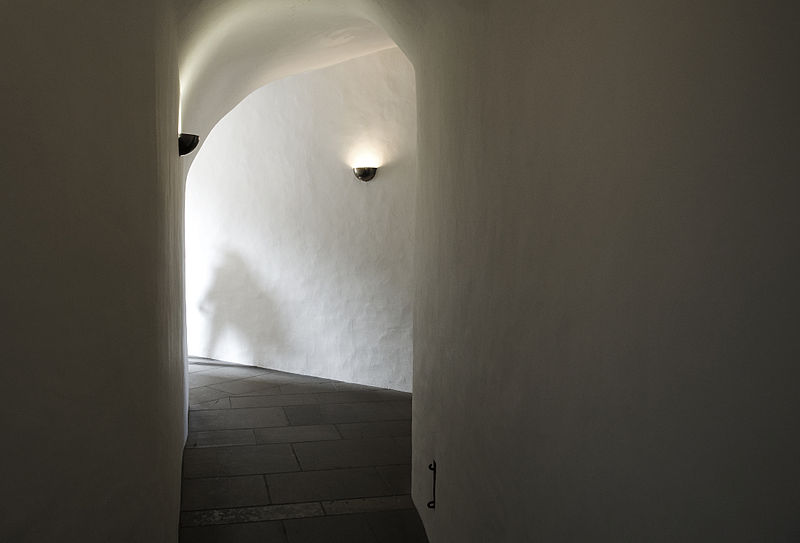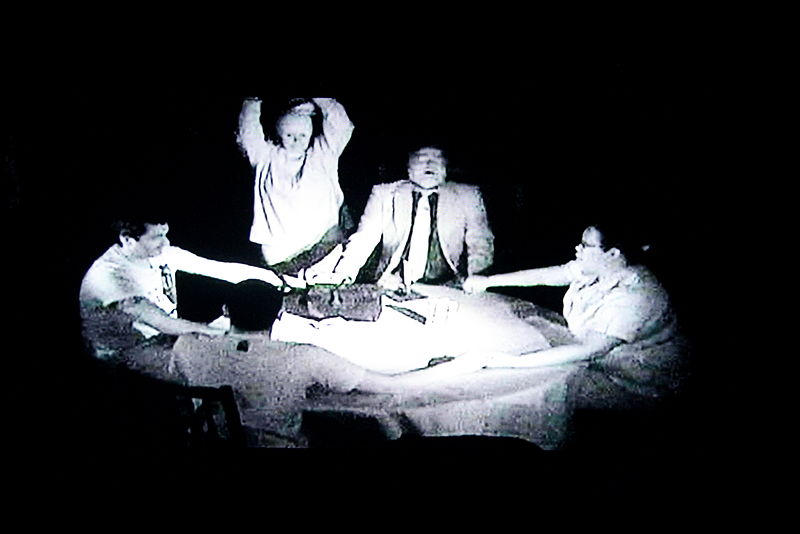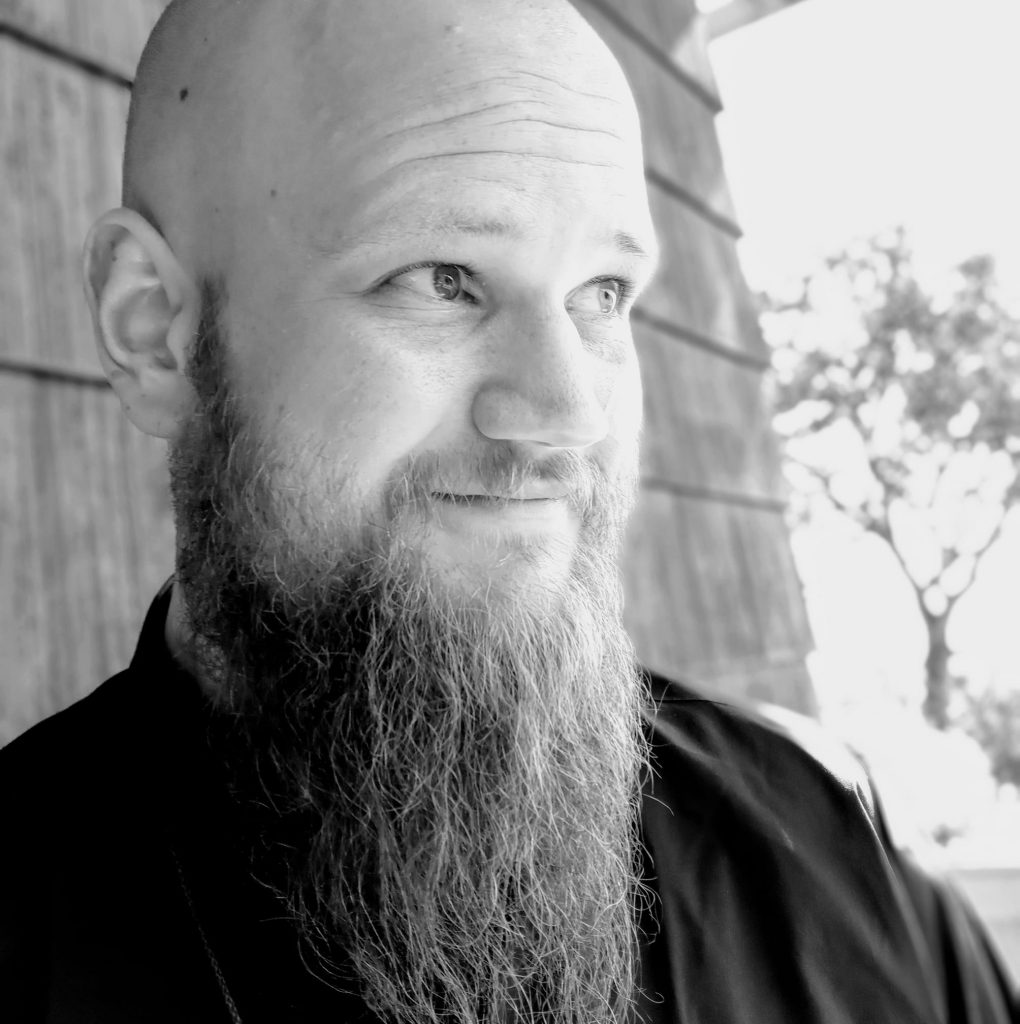
In PART II of our Blog Series “Things Heard and Seen”- Swedenborg, Netflix and Necromancy”, Rev. Thom Muller, senior editor of spiritualquesters.org explores the theme of “haunted houses”.
When people think of ghosts, spirits, and demons, the idea of “hauntings” and “possession” often come to mind. Hollywood has capitalized on the disturbing concept that spirits can and do reside in specific places in this material world (including “taking over” or “residing in” specific people, requiring some kind of exorcism, seance, or other ritual to be banished. Swedenborg does not share this “magical” view of the more subtle realms of spirit. As mentioned above, to Swedenborg, spirits are constantly present with us in a way that resembles multi-dimensionality. But the spiritual world is not bound to material time and space.
The notion of a spirit being “stuck” in an early realm quite simply does not make sense within Swedenborg’s cosmological system. Rather, it is us who are constantly occupying spaces within the spiritual world, since our inner selves already reside there, parallel to our earthly existence. We inhabit various spiritual communities, both heavenly and hellish, at all times subconsciously, based on our thoughts and affections. In other words, a person who is caring for others is, on a deeper level, in spiritual community with angels who enjoy the same kind of activities, emotions, and thoughts as we do in that moment. Someone engaging in hurtful or selfish thoughts, emotions or actions is also in the presence of the spiritual communities and beings who share those affinities:
“People have around them a number of auras from the spiritual world that mirror their life and place them in company with spirits of a similar emotional makeup.”
– Secrets of Heaven §5179*
The process of spiritual growth, or “regeneration”, in Swedenborg’s view, entails our cultivating our spiritual associations, “making ourselves at home”, by our own choosing, in spiritual abodes which correspond to our true inner desires, loves, and pleasures. Heaven and Hell are not places of reward or punishment, but of radical self-realization. Once our physical body dies, we then continue to dwell in these communities permanently.
This framework does however offer insight into the phenomena that appear like hauntings and posession (as in, spirits residing within the material world, rather than vice versa) which so commonly seem to be experienced by people across cultures. One of the primary features of the “natural” world is the appearance of, and preoccupation with physically limited space and linear time. It’s how earthy humans conceptualize reality. This (useful but ultimately inaccurate) appearance becomes less and less pronounced the further one’s consciousness is raised into the realms of spirit, at whose center and source (aka God) they are completely transcended:
“God is infinite because he existed before the world, before space and time came into being. The physical world has time and space. The spiritual world, on the other hand, lacks actual time and space, although it does have apparent time and space. Time and space were introduced into both worlds for the sake of distinguishing one thing from another, large from small, many from few – one quantity from another, and one quality from another. […]
Apparent space and time follow the different states of mind that spirits and angels go through there. The units of spiritual time and space match the desires of their will and the resulting thoughts in their intellect. Apparent space and time, then, are real – they are predictably determined by one’s state of mind.”**
-True Christianity §29

Because the concepts of time and space are so fundamental to our natural state, which is much more coarse and limited than the realms of spirit, it makes sense that we would conceptualize encounters with spirits within the limits of our ability to conceptualize. A classic example of this would be the human idea that heaven and hell are dwelling places we occupy after we die, in a somewhat abstract place which is clearly distinguished and ordered by the process of physical death. Another would be the notion that particular spirits reside within particular physical locations on earth. So while our legitimate spiritual experiences bear the appearance of being bound by time and space, they are in reality a result of inner processes. One might say that it is really us who are doing the haunting…
Take a “haunted house”, for example. Many completely sane and credible people have reported encounters with spiritual beings which seem to directly correlate with specific places. We may wander through a Victorian mansion, for example, contemplating its history and thinking of the people who once inhabited it. Suddenly, we have an otherworldly seeming experience, in which their presence seems to become tangible. This may vary from slight emotional or physical responses to auditory and visual appearances. It is logical, based on Swedenborg’s worldview, that we would conclude that a “spirit” has intruded into our material space, is somehow permeating it, and possibly “stuck” or “bound” to this location. In reality, he would argue, we are, by means of our thoughts and emotions, on a subtler level than that of materiality, entering their spaces, and getting a natural glimpse of what is already occurring within. The real encounter happens in the spiritual world, not in the natural world, but parallel to it.
Check out Part 3 of our blog, discussing Swedenborg and Spiritualism:

*Swedenborg, Emanuel. Secrets of Heaven. Translated by Lisa Hyatt Cooper. West Chester, PA: Swedenborg Foundation, 2008.
** Swedenborg, Emanuel. True Christianity. Translated by Jonathan S. Rose. West Chester, PA: Swedenborg Foundation, 2010.

Rev. Thom Muller is pastor of Hillside, an Urban Sanctuary, in El Cerrito, California, as well as senior editor of Our Daily Bread. His passions include the intersection of spirituality and psychology, interfaith theology, and the Western esoteric tradition.
Rev. Muller was ordained into the ministry of the Swedenborgian Church of North America in 2016, upon receiving his theological education at Bryn Athyn College of the New Church and the Center for Swedenborgian Studies / Pacific School of Religion at the Graduate Theological Union in Berkeley, CA.
1 thought on ““Things Heard And Seen – Swedenborg, Netflix And Necromancy” – (Part II)”